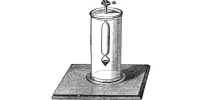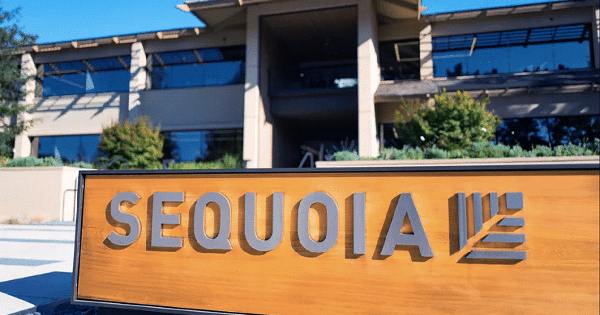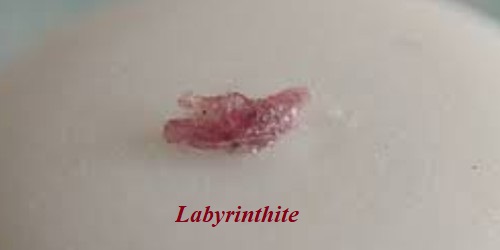Digital Morphogenesis
In architecture, morphogenesis often used as an inspiration for built form as a group of methods in digital media. Digital morphogenesis is a type of generative art in which complex shape development, or morphogenesis, is enabled by computation. It works not only as a representational tool but also a generative tool for derivation and transformation for design. This concept is applicable in many areas of design, art, architecture, and modeling. The concept was originally developed in the field of biology, later in geology, geomorphology, and architecture. Morphogenesis is concerned with the shapes of tissues, organs, and entire organisms and the positions of the various specialized cell types.
In architecture, it describes tools and methods for creating forms and adapting them to a known environment. In a contemporary computer-aided design approach in architecture, morphogenesis holds a decisive role information process, as well as acts as a guide in the design process. Stanislav Roudavski describes it as similar to biological morphogenesis: developing gradually, without an explicit definition of the methods of growth or adaptation. Parallels can be seen in emergent properties and self-organization.” It invites further interaction for this concept with biology and architecture.

Digital morphogenesis – Future Architect
Understanding of morphogenesis in biology and architecture by comparing them helps to conceive similarities and differences for these fields. Developments in digital morphogenesis have allowed construction and analysis of structures in more detail than could have been put into a blueprint or model by hand, with structure at all levels defined by iterative algorithms. Architecture firms use computers to streamline their processes and largely engage computers for standard representation and documentation purposes. This has increased the efficiency of the traditional approach to architecture. As fabrication techniques advance, it is becoming possible to produce objects with fractal or other elaborate structures. However, through computational methods, the nature of an architectural design can be embedded within a system of internal parametric relationships. This process allows for the creation of computationally designed systems where an interactive framework aids in the design process.
MORPHOGENESIS IN BIOLOGY
Morphogenesis is one of the major outstanding problems in the biological sciences. It is concerned with the shapes of tissues, organs, and entire organisms and the positions of the various specialized cell types, and the fundamental question of how biological form and structure are generated.
MORPHOGENESIS IN ARCHITECTURE
The field of architecture is going through a shift where its basic principles are being challenged by the changes that are happening around us. The abundance of new techniques and technologies in architectural design, as well as in fabrication and construction, force us to rethink our design methods and processes.















